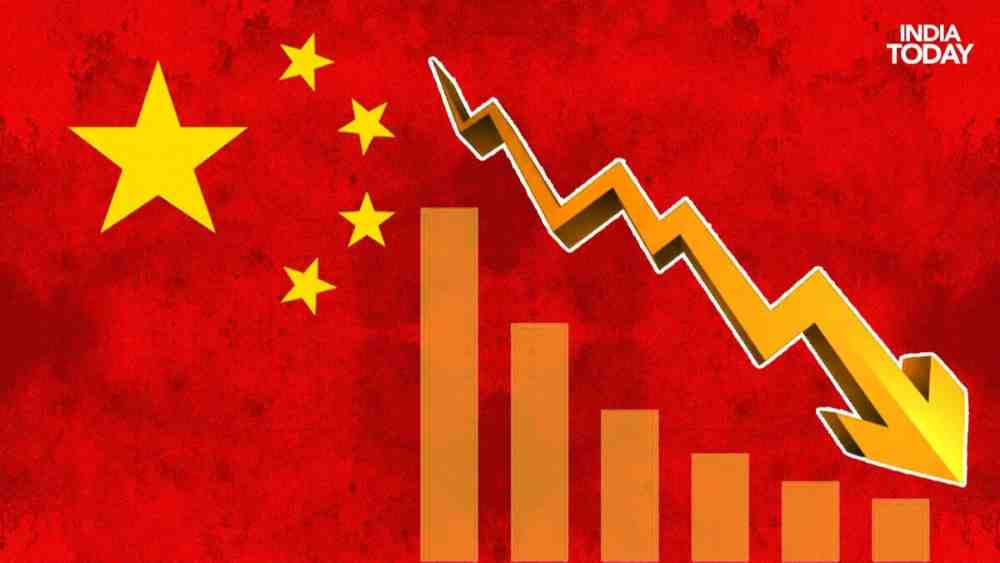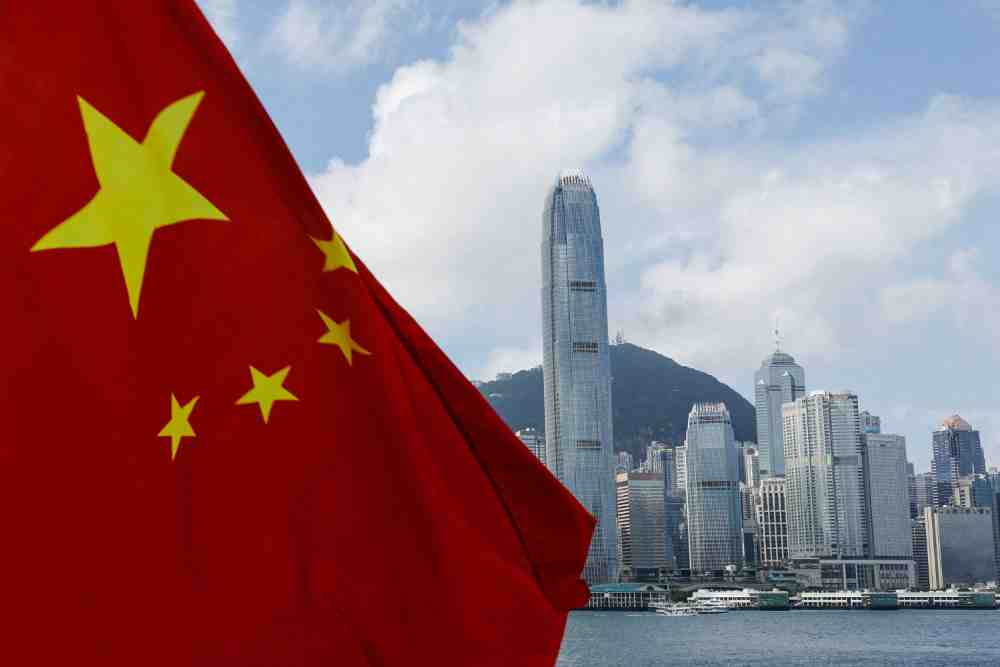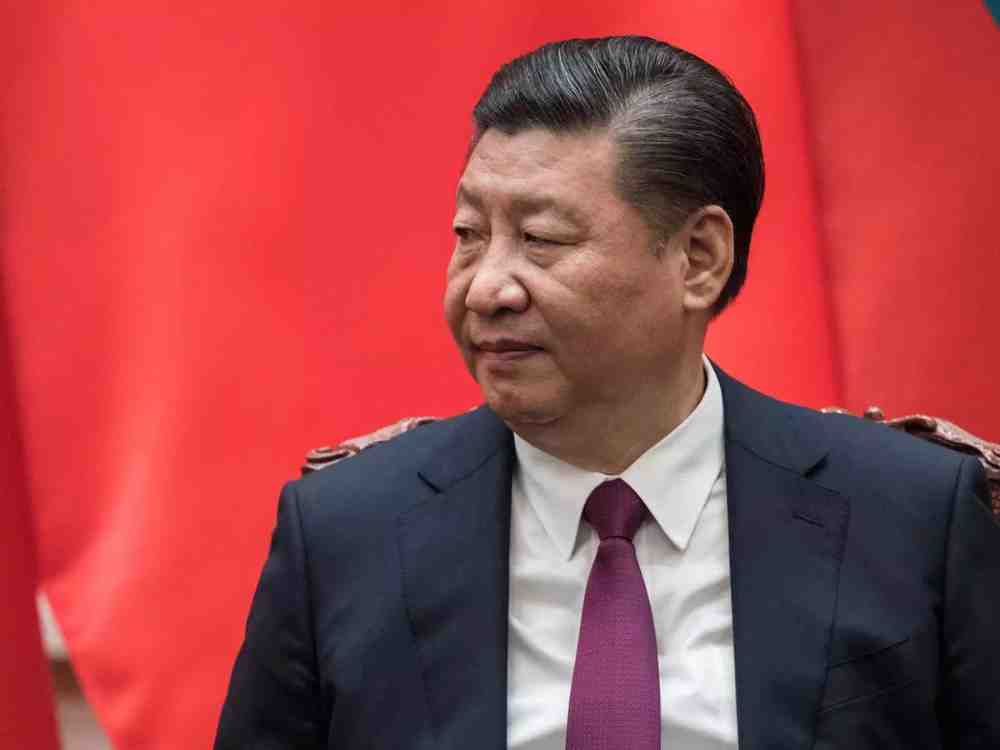China’s Looming Financial Crisis: A Market Expert’s Warning
The Warning Signs
Renowned market veteran Ruchir Sharma has issued a stark warning: China’s economy is on a collision course with a financial crisis. The catalyst for this impending catastrophe, he argues, is the property bubble inflated by surging debts. In this analysis, we delve into Sharma’s insights and the two potential scenarios he envisions for China’s economic future.

The Property Bubble’s Shadow
At the heart of Sharma’s grim prognosis lies China’s property market. This sector, which constitutes a significant portion of the nation’s GDP, is grappling with the weight of immense debt. Land and home prices have been on a downward spiral, declining by around 5% annually. Even more alarming is the fact that the funding vehicles employed by local governments to purchase property now account for nearly half of China’s government debt. Defaults have become a common occurrence, with even the most stable developers facing precarious situations.
Two Possible Paths
Sharma paints two potential scenarios for China’s near-term prospects. The first resembles Japan’s “false dawns” of the 1990s when temporary rebounds punctuated a prolonged economic slowdown. These rebounds, if they materialize in China, might find their roots in the tech sector. Despite Beijing’s stringent regulation of its tech firms, these industries continue to thrive. A prime example is China’s newfound status as the world’s leading exporter of electric vehicles in the current year.
The second scenario, however, is far more ominous. It draws a parallel with the US real estate market in the summer of 2008, just before the financial crisis. In this narrative, China’s property market becomes a ticking time bomb, much like the subprime mortgage crisis that rocked the US. Sharma warns that if this scenario unfolds, China could be on the brink of a full-blown financial crisis.

The Weight of Uncertainty
Several factors contribute to the uncertainty surrounding China’s economic future. While China’s property bubble is a significant concern, Beijing has shown reluctance to launch sweeping economic stimulus measures. Instead, the government has opted for smaller support measures, which have had limited impact thus far. This measured response has left experts and investors uncertain about the country’s economic trajectory.
A Glimpse into the Past
To gauge the potential severity of China’s economic woes, it’s worth revisiting Japan’s experience in the 1990s. Japan’s prolonged economic stagnation was marked by moments of apparent recovery, only to be followed by deeper downturns. If China follows a similar path, it could face a protracted period of economic uncertainty and turbulence.
The Crisis Scenario
Sharma’s most alarming prediction is the possibility of a full-blown financial crisis in China. This scenario would have far-reaching global implications, given China’s position as the world’s second-largest economy. A property bubble fuelled by surging debts typically culminates in more severe economic downturns than what China has experienced thus far. The consequences could ripple through international markets and economies.
The Unpredictable Future
As China stands at this economic crossroads, the consensus expectation is a “muddling scenario,” where the nation navigates through its challenges without dramatic upheaval. However, Sharma’s warning suggests that the next steps for China could be far more dramatic and consequential than many anticipate.

Ruchir Sharma’s cautionary words serve as a stark reminder of the fragility of global economic stability. China’s economic future hangs in the balance, with the property market and its associated debts casting a long shadow. Whether the nation follows the path of recovery or treads into a full-blown financial crisis, the world watches with bated breath, acutely aware of the potential global ramifications.
